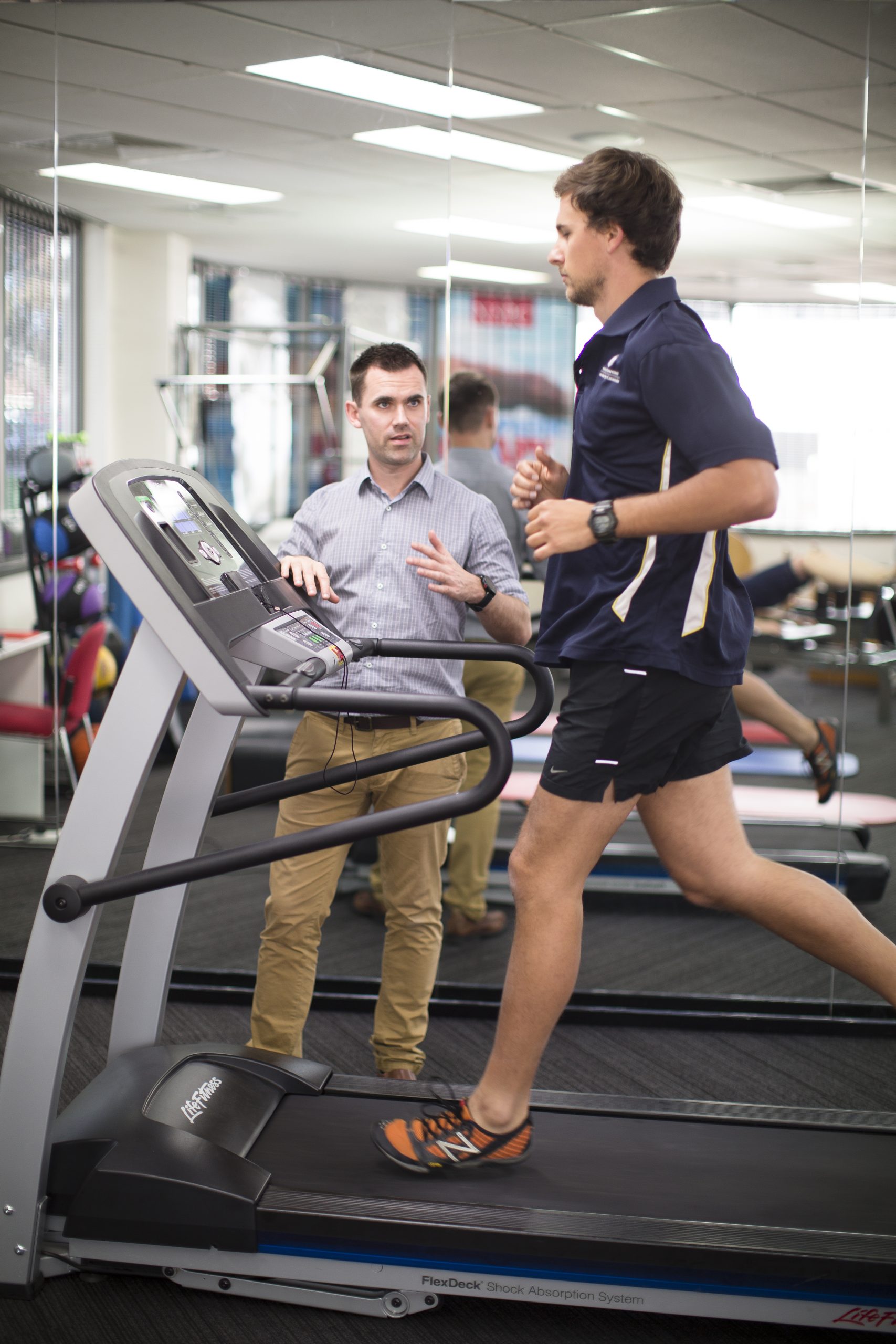Authored by Aidan Rich, APA Sports and Exercise Physiotherapist at Lifecare Ashburton Sports Medicine.
While there are lots of variations in running technique, there are some common features that you will see in good runners:
- Hips forward – good runners will keep their hips forward when they land, and not allow their hips to sink back on contact
- Light on feet – feet may look like they are ‘clawing at the ground’ and minimal noise can be heard when landing
- Up tall – a good runner will be upright through their chest like they have a string through their chest up to the sky
Cadence or turnover will often slow dramatically under fatigue.
A higher cadence can help reduce fatigue development and perhaps reduce injury risk.
This takes practice to achieve!
Footstrike
Previous studies have shown a huge variation in foot contact even in elite runners, with anything from a forefoot to a heel strike being seen.
Generally, faster running will see a more forefoot or a midfoot strike and slower running will see more of a heel strike.
The author would discourage runners to focus on which part of their foot strikes the ground first as this prompt can often contribute to injury development.
We don’t all have a running technique like Milly Clark, Australian Olympian in the marathon.
However, with practice you can improve your running technique which will help with efficiency, speed and injury risk).
Here are some guidelines for how to structure a training program
A long run is the cornerstone of a good running program.
This run should be generally undertaken at a comfortable pace, able to maintain a conversation for most of the time.
Advanced athletes may include some faster running (at half marathon pace) during the long run, particularly in the last few weeks prior to an event.
For a marathon, a long run should build to 2.30-2.45 hours, or 32-35 km, whichever comes first.
Mid and back of pack runners (4.30 to 5 hours or longer) often feel that they need to undertake a longer, long run to prepare for the marathon, as 2.45 hours may only see these runners cover 20-25 km.
In the author’s experience, runs longer than 2.30-2.45 hours are difficult to maintain good run technique, and therefore dramatically increase the risk of injury and should be included with caution.
A split long run (2.30 in the morning, 30- 45 minutes in the evening) may be an option in this case, or even a Saturday afternoon run (45 to 60 minutes) with a long run (2.30) the next morning.
‘Speed work’ is the term for running undertaken at race pace or faster.
This type of training is very intense and can help dramatically improve fitness, however, it can carry a higher risk of injury.
The session should never be so hard that it stops the athlete from being able to complete their next planned session.
It’s generally safe to keep faster running to about 15% of the weekly total, split over two days.
For a runner training 60 km per week, this means a budget of 9km of fast running per week which could look something like:
- Tuesday – 5-6 x 1km efforts with 90 seconds rest in between
- Thursday – 10 x 90-second hills with easy jog down recovery
The good thing about speed work is that there are infinite ways to vary it!
Generally, as the event draws closer, hard sessions change to become more similar to the event.
This process is known as periodisation.
Strength training
Strength exercise has proven a benefit for runners, particularly those aged over 35, when muscle mass starts to reduce.
Two sessions of 30 minutes per week is enough to make a significant improvement in most athletes.
Best results are seen with low repetition training – generally between 4 and 8 repetitions is best.
If you can lift the weight more than 8 times, it’s probably too easy for you!
Pacing is an important skill to develop for racing at all distances.
It can be difficult to work out a good goal pace, especially if it’s your first time at the marathon, half marathon or 10 km distance.
What can help is racing a shorter event such as a 5 km event, and using an online calculator to see what this equates to for a longer event.
This will provide you with an estimate of what you are capable of with your current fitness.
Parkrun is a free, weekly, timed 5km event held at 100s of locations around Australia.
This can be a great, low-key test for your fitness in preparation for a longer event.
Understanding your pain – how to act early on potential injuries
It can be tricky to know what is a niggle that you can push through and what is a sign that you should seek professional advice.
These signs can vary for different injuries, however here are some signs that you should seek an opinion:
- Limping due to pain
- Pain that persists when resting or in bed at night-time
- Severe constant pain
- Joint swelling or giving way
- Pain that makes you dramatically change your running style
About the author: Aidan Rich is an APA Sports and Exercise Physiotherapist at Lifecare Ashburton Sports Medicine. Aidan has a keen interest in all sports medicine conditions, and is a keen runner himself with a half marathon personal best of 1 hour 18 minutes.

